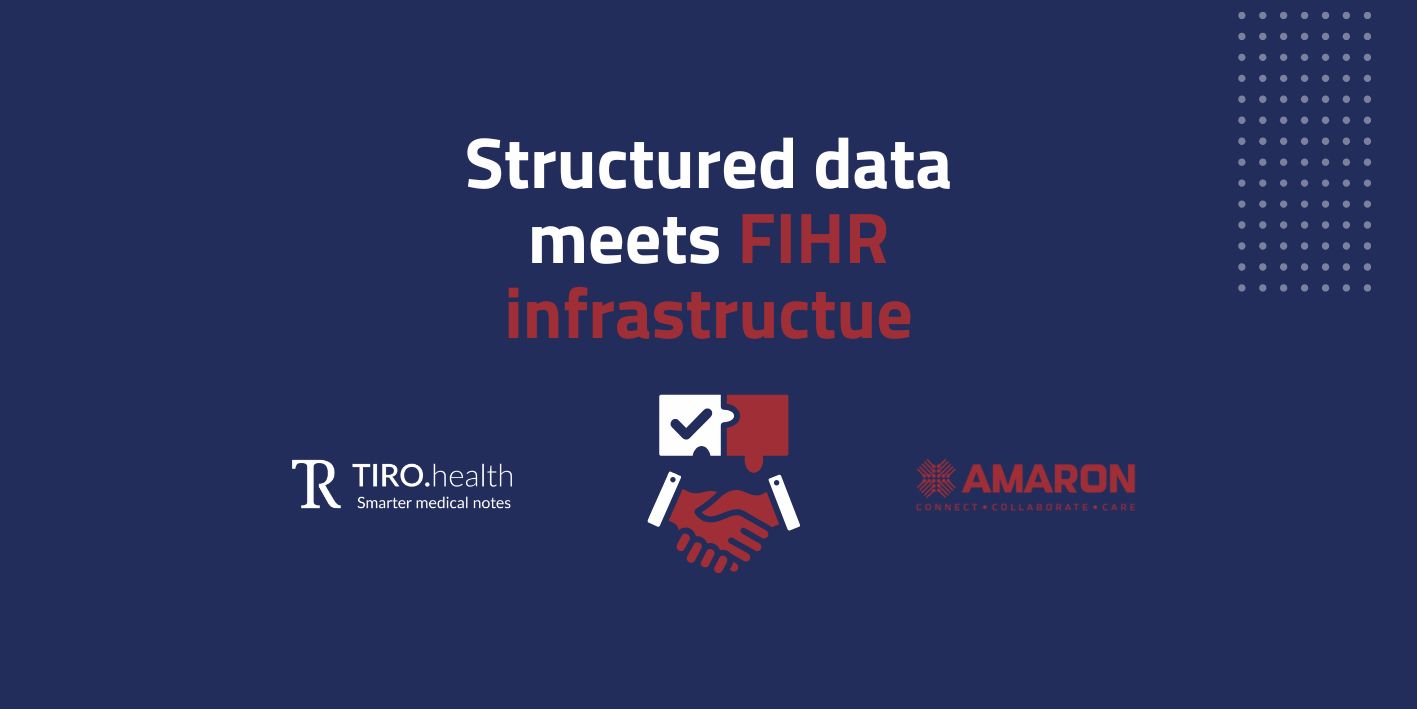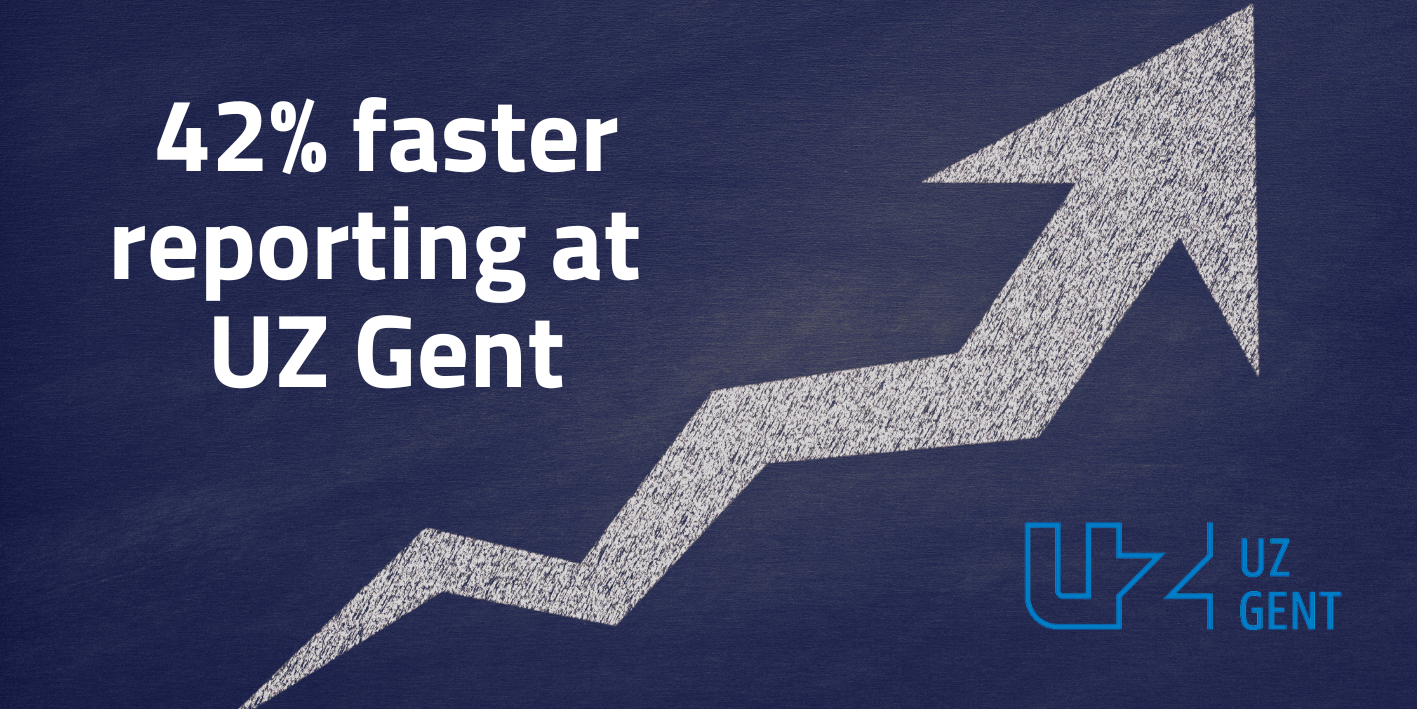Limitations of traditional RCTs
The gap between clinical research and real-world data (RWD) has long been recognized as a significant challenge in the healthcare field. Clinical trials, particularly randomized controlled trials (RCTs), are undoubtedly crucial for developing new treatments, establishing medical guidelines and advancing our understanding of various health conditions. However, these trials often take place in highly controlled, idealized settings that don't always reflect the complexities, variabilities and unpredictabilities encountered in everyday patient care.
Furthermore, the disparity between clinical trials and real-world experiences is exacerbated by the limited participation of patients in these studies. It is estimated that only 5% of patients have ever participated in a clinical trial, despite the fact that most people view clinical trial participation favorably. This low participation rate not only limits the diversity of the trial populations but also raises concerns about the generalizability of the results. In real-world settings, patient populations are far more diverse in terms of demographics, comorbidities and other factors that can significantly influence treatment outcomes.

This disconnect between the controlled environments of RCTs and the complex, variable nature of real-world healthcare settings emphasizes the limitations of relying solely on traditional RCTs, as they may not fully capture the diversity of patient populations or the impact on long-term outcomes. As a result, the potential benefits of new treatments or medical guidelines may not be entirely realized in practice, which can impede meaningful improvements in patient outcomes and lead to missed opportunities for more effective care.
The value of real-world data
By contrast, RWD are gathered outside of the context of RCTs and are often gathered as a routine function of modern healthcare. These data provide invaluable insights into how therapies work in everyday clinical practice. RWD can be collected from a variety of sources, such as electronic health records (EHRs), insurance claims and billing data, disease or device registries, patient-reported outcomes and biometric devices like phones and smartwatches. Each of these sources contributes to a comprehensive picture of patient health and treatment effectiveness that is difficult to capture in the controlled environment of a clinical trial.

Exploring issues and innovative solutions in RWD management
Despite the significant value of RWD, traditional methods of managing this data tend to be labor-intensive, error-prone and lack standardization, making it difficult to integrate smoothly into EHR systems. Data from different sources may be recorded in varying formats, requiring extensive manual processing and reconciliation before it can be effectively utilized. This lack of standardization can lead to inconsistencies in data quality, potential errors in analysis and challenges in ensuring the data is both reliable and actionable. Moreover, the sheer volume of data generated from various sources adds another layer of complexity, as healthcare providers and researchers must sift through and manage vast amounts of information to identify relevant insights.
Fortunately, recent advancements in health technology are making strides in addressing this problem. By leveraging structured data collection methods during medical consultations, healthcare providers can ensure that data is accurate, standardized and immediately useful for both clinical and research purposes. These methods help to streamline data entry, reduce the risk of errors and ensure that the information collected is consistent and reliable across different settings.
Bridging the gap: merging RCT with RWD
Conventional RCTs have important limitations, and while RWD studies can address some of these limitations, they are often of low quality. Bridging this gap requires an integrated approach that combines the rigor of RCTs with the practical insights gained from RWD.
Bridging this gap requires an integrated approach that combines the rigor of RCTs with the practical insights gained from RWD
Registry-based RCTs combine the methodological strengths of RCTs with the inclusiveness and relative ease of conduct of high-quality RWD studies. Shifting to this method not only saves time for healthcare providers but also enhances the quality of patient care by enabling continuous improvement based on real-world evidence, as demonstrated in a study on cardiovascular practice. With more accurate and standardized data readily available, healthcare providers can make more informed decisions, tailor treatments to individual patients and monitor outcomes more effectively. As a result, the integration of structured data collection and advanced health technology is paving the way for more effective and personalized patient care, ultimately narrowing the gap between clinical research and real-world practice.

Future prospects in healthcare technology
As healthcare technology continues to evolve, the gap between clinical research and real-world data is gradually narrowing. Innovations in data collection, analysis and integration are transforming how we approach patient care. By combining RCTs with RWD, we are advancing towards a future where findings from clinical research are effectively applied to everyday medical practice. This evolution is expected to bring more rapid and more significant enhancements in patient care, ensuring that medical innovations deliver benefits to patients more rapidly and thoroughly than ever before.




